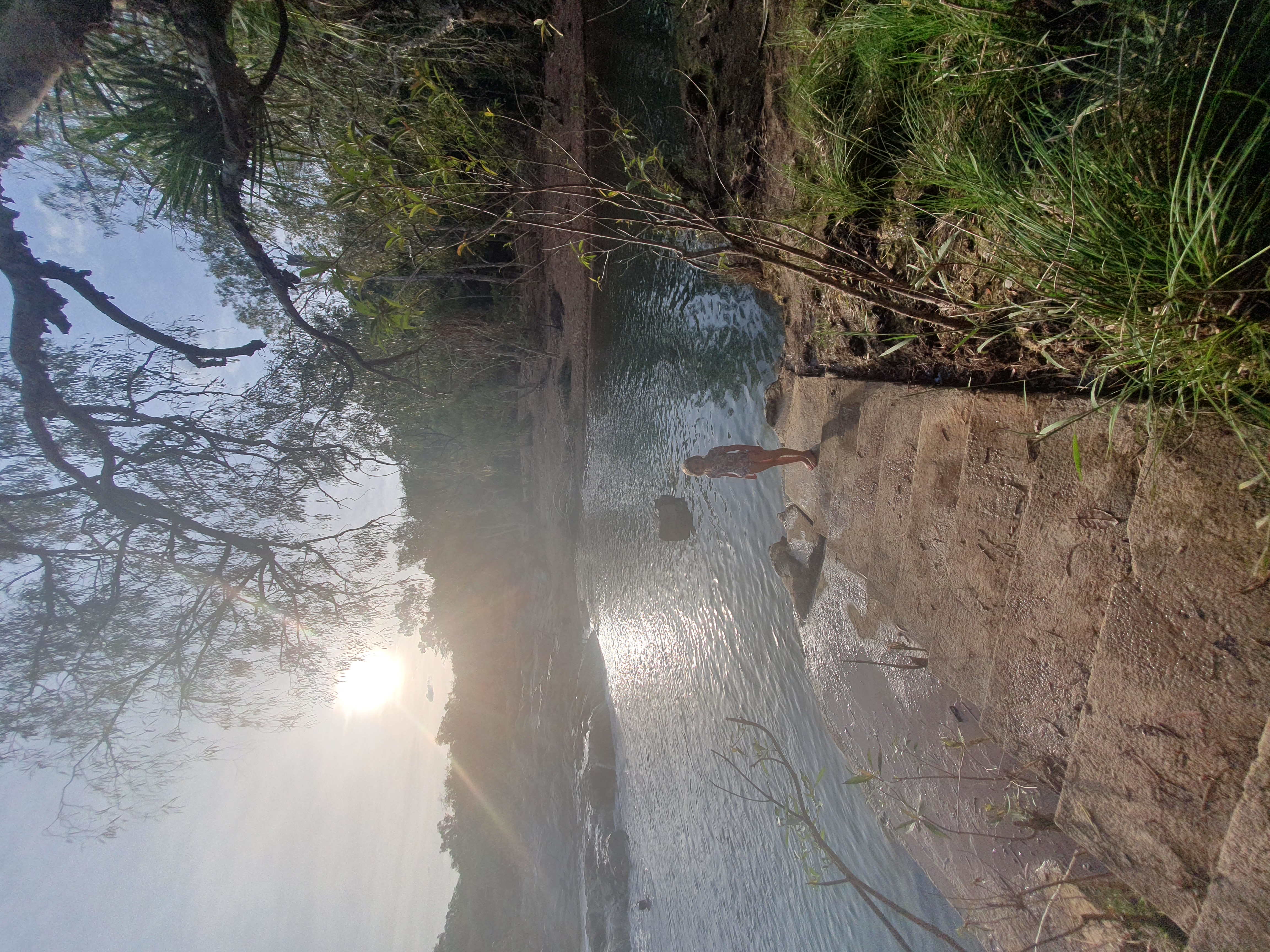Nature Walks
Nature walks for homeschooled children can be a valuable and enriching educational experience. They are one of our favourite things to do as a family! These walks can serve as a hands-on, outdoor extension of their curriculum and offer a wide range of benefits for their learning and development. Here are some considerations for nature walks specifically designed for homeschooled children...

Learning Opportunities: Nature walks can be integrated into various subjects, such as biology, ecology, botany, geology, and environmental science. Parents or educators can use these walks to teach children about the natural world, including identifying plants, animals, rocks, and more.
Hands-On Science: Nature walks provide an excellent opportunity for children to engage in hands-on scientific exploration. They can collect specimens, observe wildlife behavior, and conduct simple experiments related to their surroundings.
Nature Journals: Encourage children to keep nature journals during their walks. They can sketch plants, animals, and natural features, and write descriptions or observations. This helps improve their observation and recording skills.
Ecological Concepts: Use nature walks to teach children about ecological concepts like food chains, ecosystems, and the interdependence of species. Children can see these concepts in action in the natural world.
History and Culture: Depending on the location, nature walks can also offer insights into the history and culture of the area. Children can learn about Indigenous people, historical landmarks, and the significance of the environment in the past.
Physical Activity: Nature walks provide an opportunity for physical exercise and outdoor play, which is important for children's health and wellbeing.
Exploration and Curiosity: Foster children's natural curiosity by allowing them to explore freely during the walks. Encourage questions and discussions about what they encounter.
Nature-Based Art and Crafts: During or after the walk, children can engage in nature-based arts and crafts projects using materials they collect, such as creating leaf rubbings, making nature collages, or pressing flowers.
Seasonal Learning: Nature walks can be adapted to different seasons, allowing children to observe and learn about seasonal changes, migration patterns, and adaptations of plants and animals.
Environmental Awareness: Use nature walks as an opportunity to instill a sense of environmental responsibility and stewardship in children. Discuss topics like conservation, pollution, and sustainable practices.
Social Interaction: Consider organising group nature walks with other homeschooling families to provide opportunities for social interaction and peer learning. Ask around at your homeschool group for other families to join you on an upcoming walk or hike.
Safety and Supervision: Ensure that nature walks are conducted in a safe and supervised manner, with appropriate adult guidance, especially if you are venturing into natural areas that may have potential hazards. And carry a decent first aid kit with you, and know how to use it.

Overall, nature walks for homeschooled children can be a versatile and engaging educational tool that aligns with a holistic and experiential approach to learning. They allow children to connect with the natural world, develop critical observation skills, and foster a lifelong love of nature and science. Enjoy!



